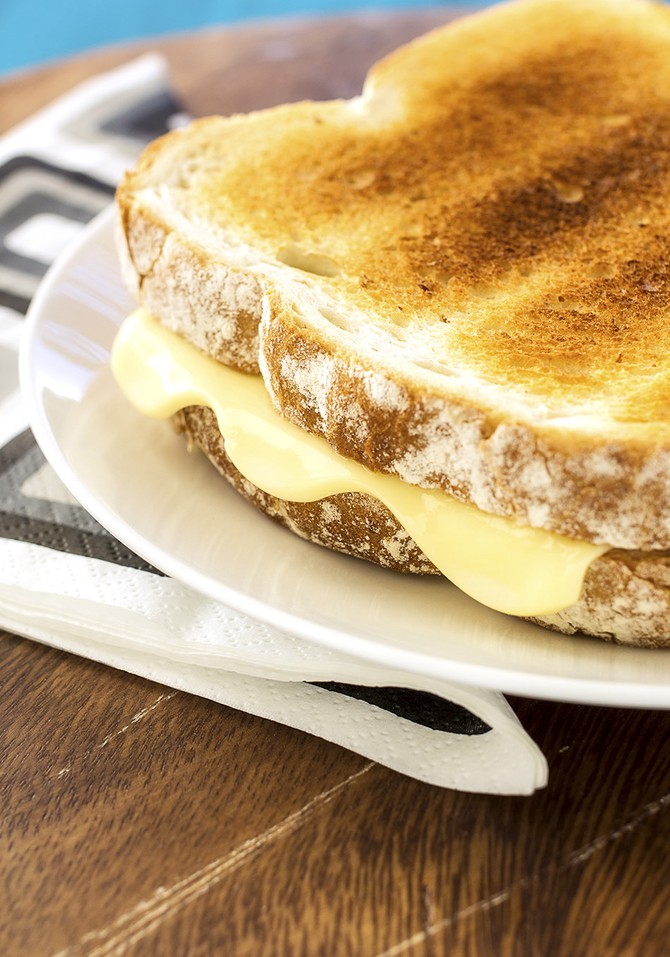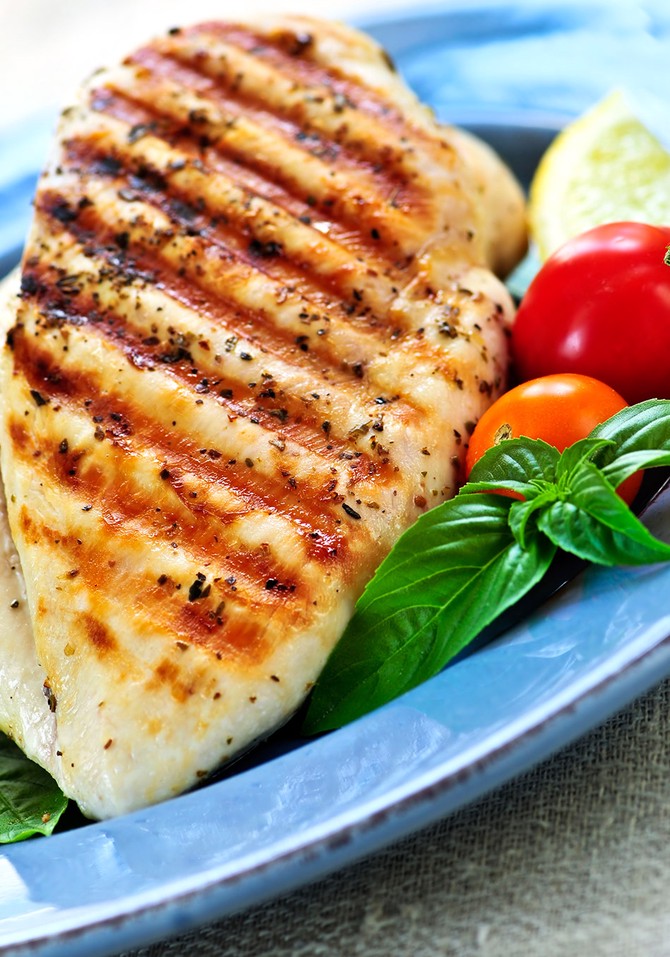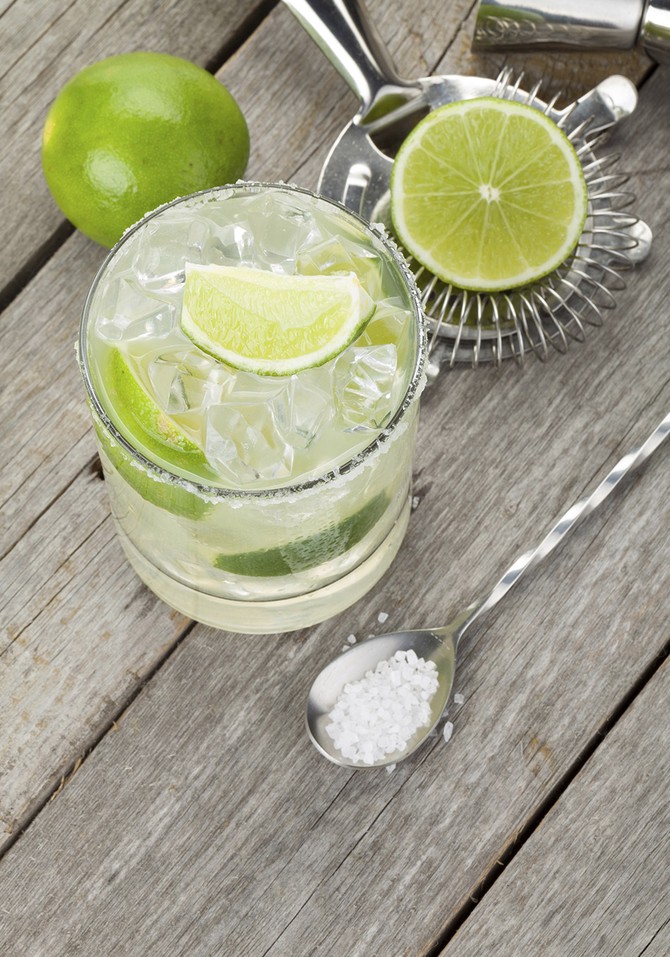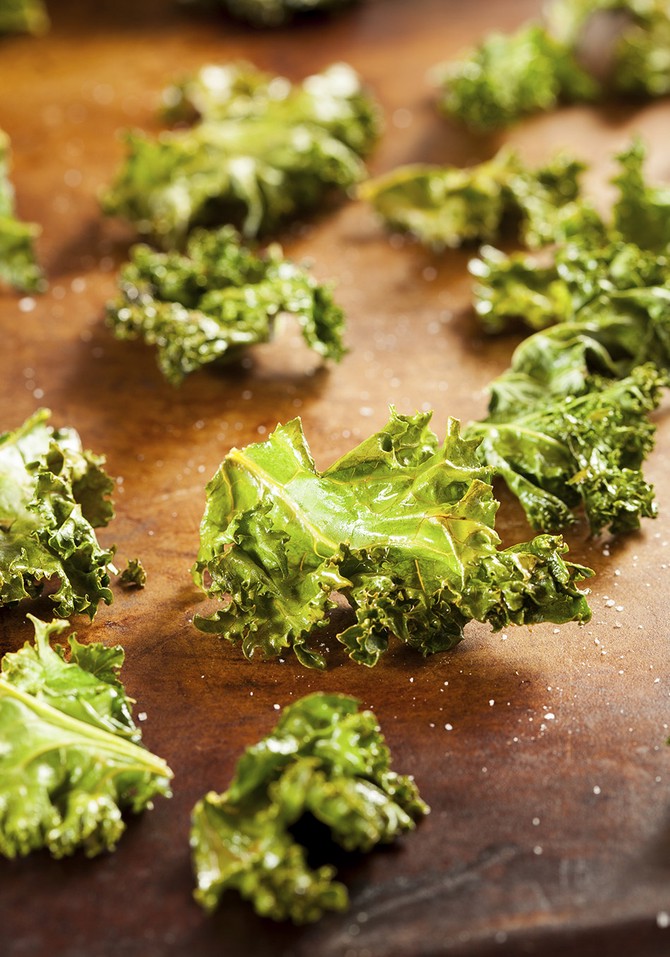The Perfect Grilled Cheese and 4 Other Essential Recipes
Experts let us in on their secrets for making the most outrageously good foods (and even one drink).
By Lynn Andriani

Photo: Bozidar Jokanovic/iStock/Thinkstock
Grilled Cheese That Combines Ooze and Crunch
The ultimate comfort-food sandwich is kind of hard to screw up, but even the very good ones don't hit every single note: crunchy, salty and gooey but not dripping all over the plate. Lori Fulmer, chef and senior manager of product innovation for the California restaurant chain The Melt, says there are a few steps you can take to ensure a flawless sandwich. First, use salted butter when buttering the bread; it highlights the flavor of the ingredients. Next, shred the cheese instead of using slices, which helps it melt more quickly, so you don't have to burn the bread in order to get the cheese fully melted. And finally, let the sandwich rest for about a minute after you take it off the heat so that the cheese can set. (If you use a filling, this will allow it to combine with the cheese—and not slip out when you take a bite.)
Get 9 grilled cheese recipes
Get 9 grilled cheese recipes

Photo: Olha_Afanasieva/iStock/Thinkstock
An (Almost) Impossibly Fluffy Omelet
An amazingly light and creamy omelet might seem like something only a French chef could easily make, but the technique is surprisingly simple, as a Michelin-starred gourmand taught writer Bob Spitz. You start with three eggs at room temperature, broken into a small metal bowl. Enthusiastically beat them with a fork until a fine spray of bubbles froths along the surface (this will result in a light, spongy texture). Heat the pan and season the eggs with salt and pepper. Coat the pan with a film of olive oil, plop in a tablespoon of butter and pour in the eggs. We aren't kidding when we say the next step really is "all in the wrist." Wave the pan back and forth so that all of the egg comes into contact with the pan; as the eggs firm, run a fork under the edge to nudge the liquid toward the center. Then tilt the pan away from you so that the omelet starts to slide. Finally, with a quick forward-then-back flick of your wrist, the omelet will fold over itself. Roll it onto a plate and admire your work.
Get the recipe: The Perfect Omelet
Get the recipe: The Perfect Omelet

Photo: Elena Elisseeva/Hemera/Thinkstock
The Juiciest Chicken Cutlets
Pounding chicken into a uniform thickness isn't just a fun way to get your aggression out; it also gives you a nice, flat piece of meat you can then stuff and roll up or cook plain (since it's so thin, it cooks quickly). The technique is not difficult: Lay the chicken on top of a square of plastic wrap that's bigger than you think you'll need, since the breast will flatten out and widen as you pound; cover it with another piece of plastic (same size) and whack it with a meat tenderizer, heavy saucepan or a can of vegetables or soup. The thing to remember is: Don't go any thinner than a quarter inch or you risk the meat being chewy and dry. One more note, from chef Andrea Montobbio of New York City's Ristorante Asellina: If you're marinating the chicken after you pound it, don't add salt. This will cure the meat, and since it's so thin, it's more susceptible to losing moisture.
Get the recipe: Chicken Paillard
Get the recipe: Chicken Paillard

Photo: karandaev/iStock/Thinkstock
A Sweet (Yet Not Too Sweet), Strong (Yet Not Too Strong) Margarita
It's generally acknowledged that all you need to make a puckery, fruity margarita is tequila, some sort of orange liqueur, fresh lime juice and sweetener. The trick, though, is trying to figure out how much of each. Duane Sylvestre, head bartender at Four Seasons Hotel Washington, DC, recommends 1.5 ounces of tequila, 1 ounce of Cointreau, 3/4 of an ounce of fresh (not bottled) lime juice and half an ounce of sweetener (such as agave nectar). Although some recipes call for Triple Sec, Sylvestre says Cointreau is preferable because it's as strong as most tequilas (40 percent alcohol by volume, or "abv"), so its orange flavor isn't lost (most Triple Secs are below 30 percent abv). Shake it with ice instead of blending it with ice; a frozen margarita is so cold that it winds up dulling your taste buds and you won't get to truly savor the ingredients.
Get the recipe: Perfect Margarita
Get the recipe: Perfect Margarita

Photo: bhofack2/iStock/Thinkstock
Addictively Crispy Kale Chips
They're one of the healthiest snacks you can eat, but turning tough, bitter kale leaves into a light, crunchy treat is not just a matter of chopping up the greens and baking them. First, says Earthbound Farm executive chef Sarah LaCasse, start with washed, meticulously dried kale (any water and the chips will be soggy). Toss them with oil and some sort of seasoning, whether salt, chili powder, truffle salt or za'atar (a Middle Eastern spice blend). Limit the flavor add-ins to dry spices or seeds, though, since adding liquids, such as vinegar or citrus juice, will prevent the kale from getting crispy. Keep the oven temperature low; LaCasse likes it at about 300 degrees; you can go higher, but watch the kale closely, as the leaves can burn quickly when exposed to high heat. Another tip is to line the baking sheet with parchment paper, because metal baking sheets, and even aluminum foil, conduct heat too quickly and can also burn the kale. One last thing: Eat kale chips almost immediately after baking, as they tend not to keep crisp overnight.
Get the recipe: Kale Chips
Get the recipe: Kale Chips
Published 09/03/2014

